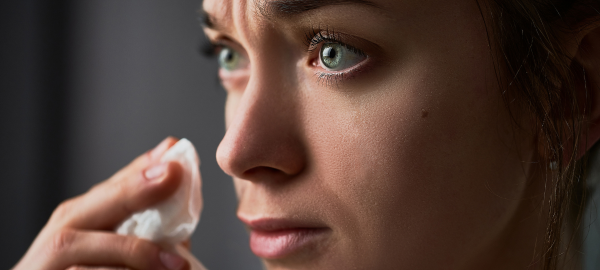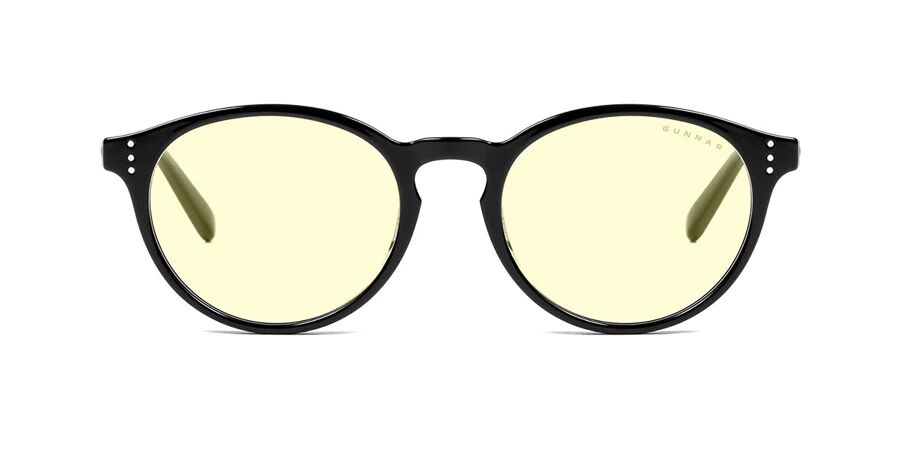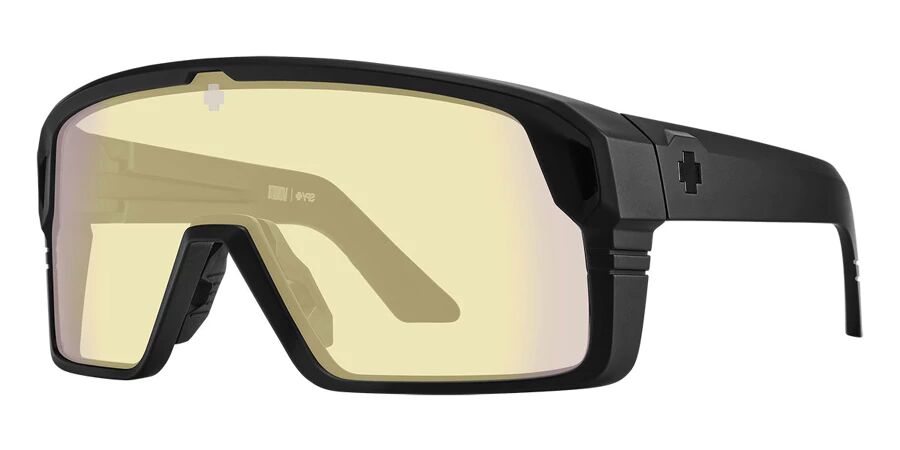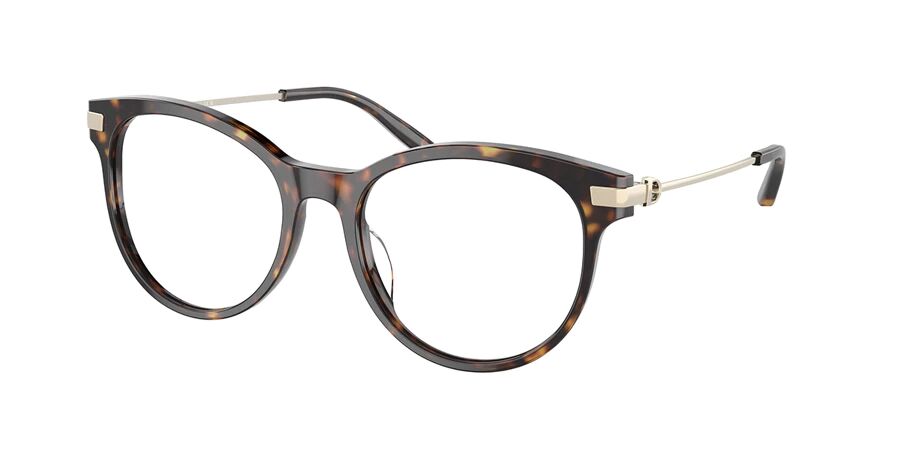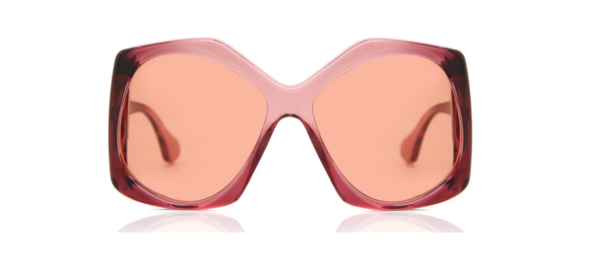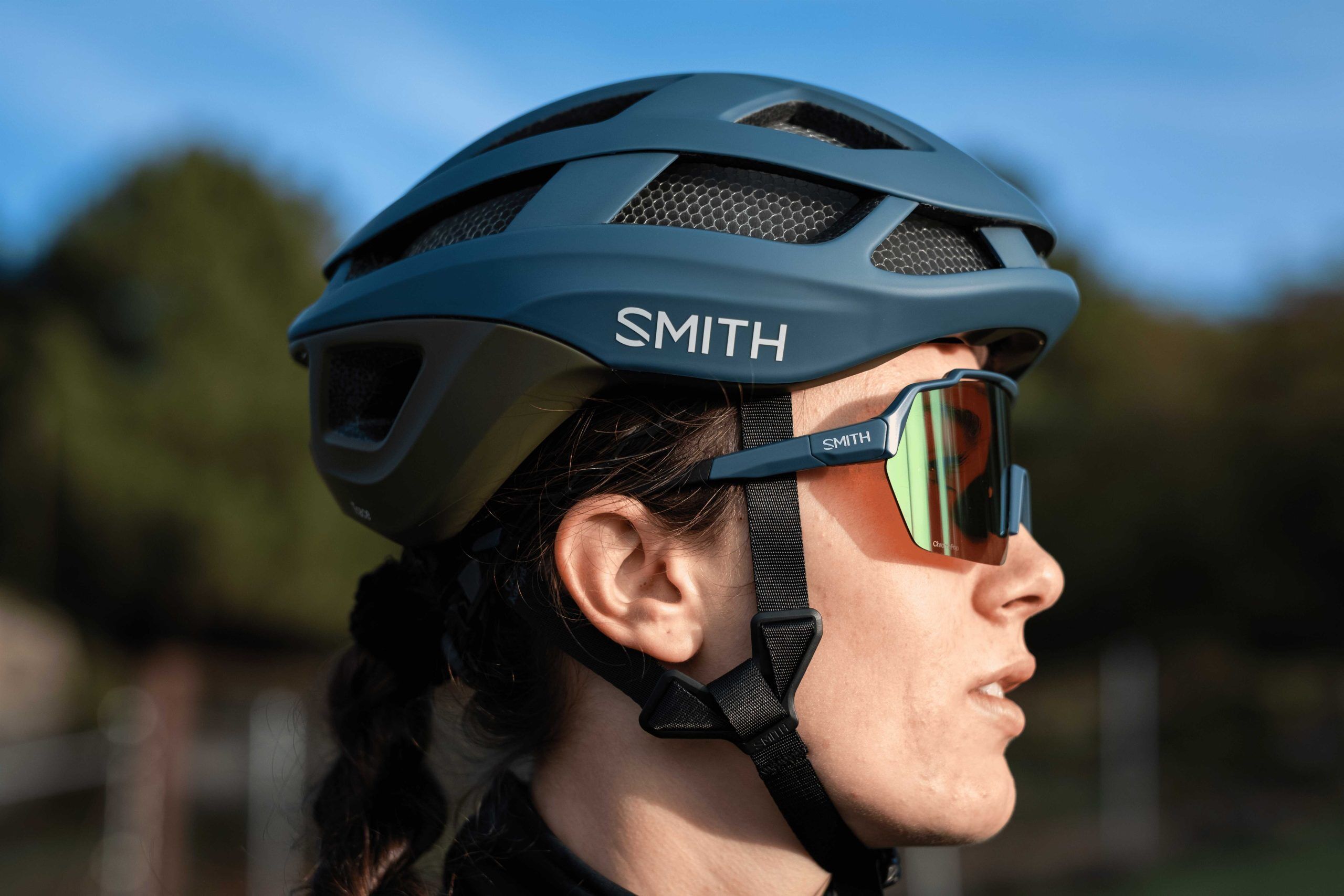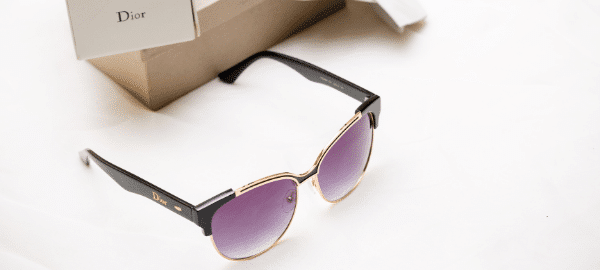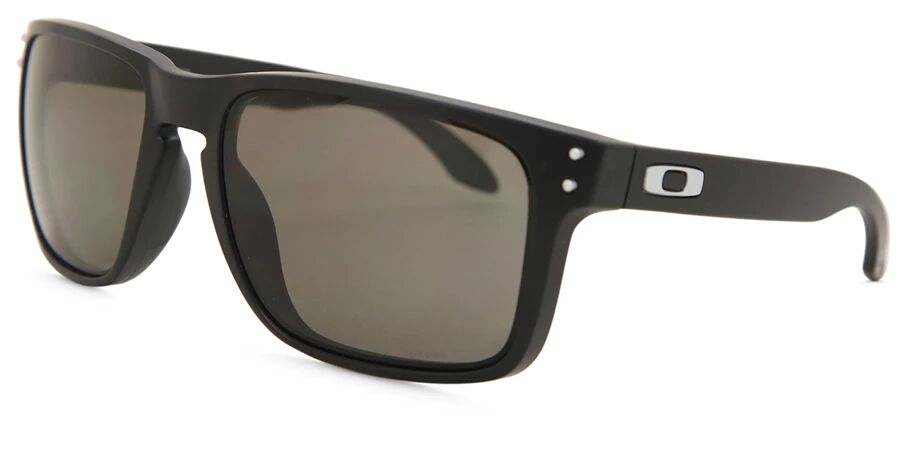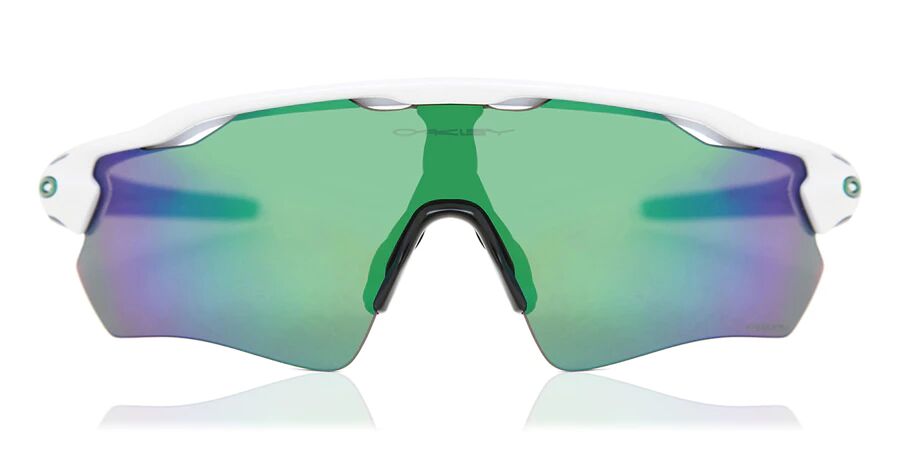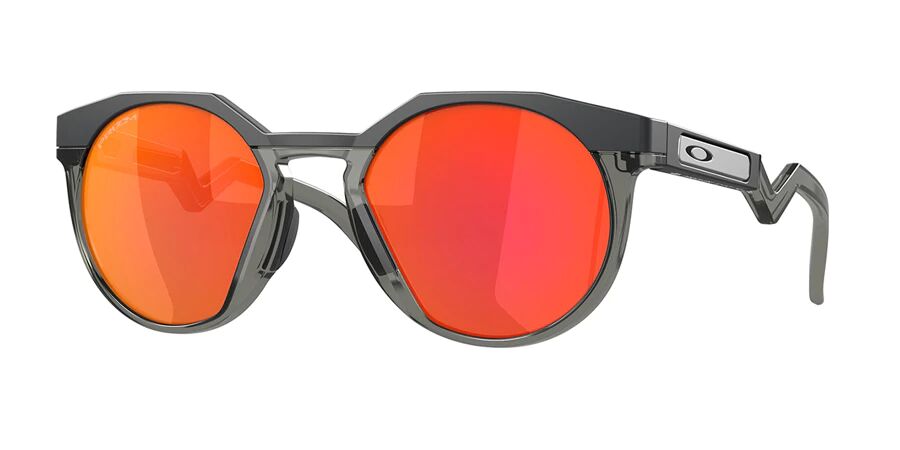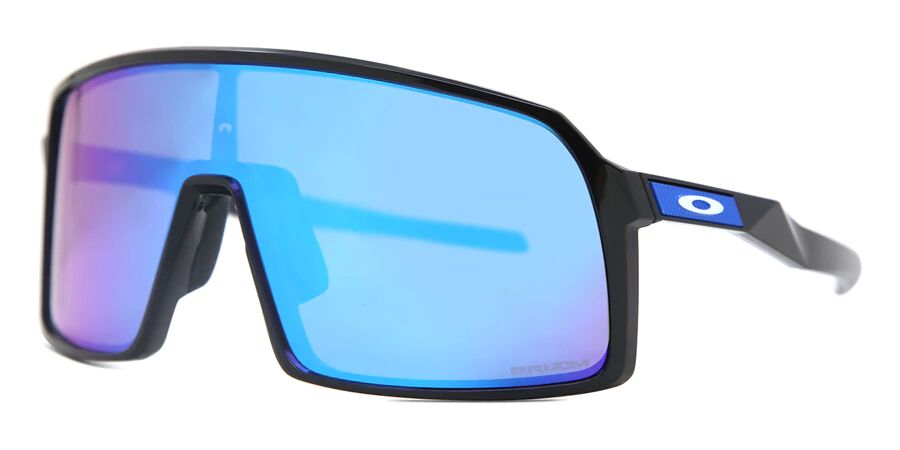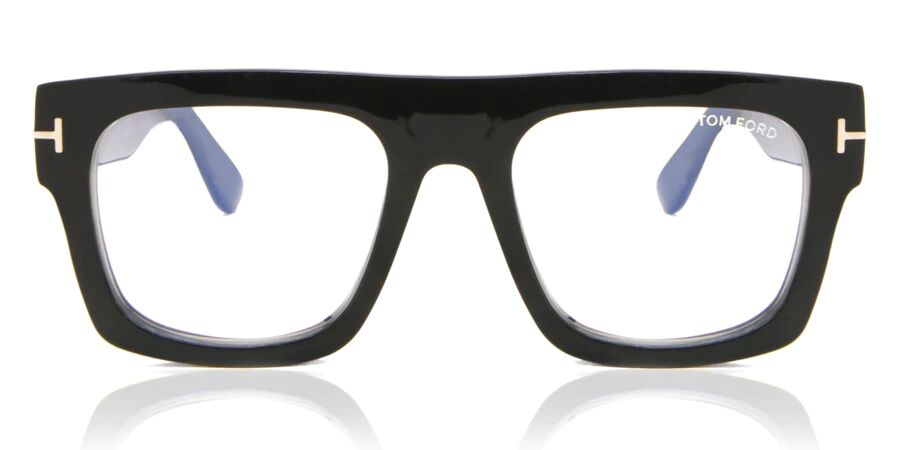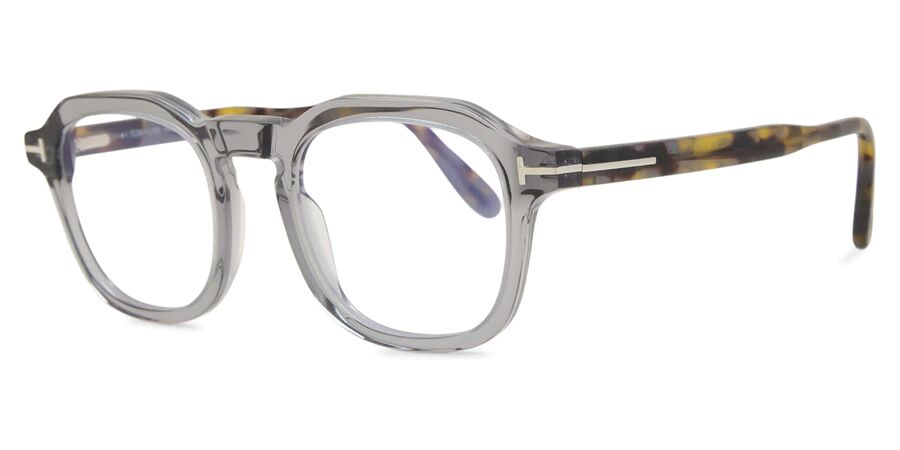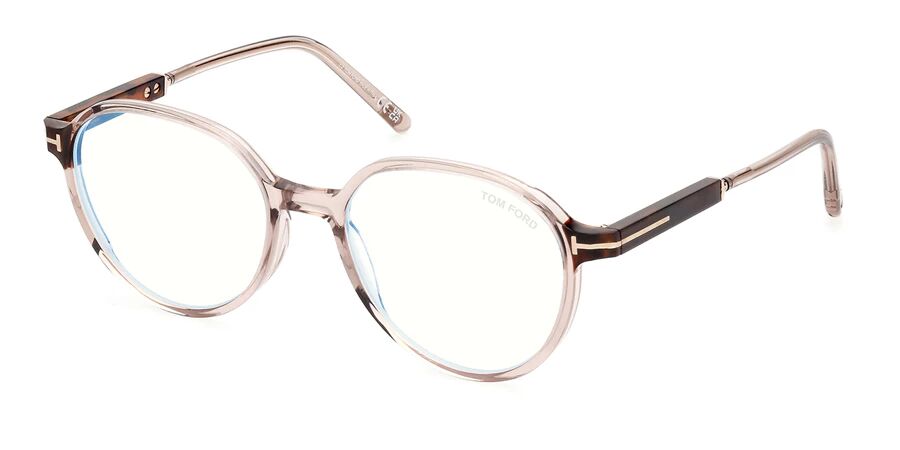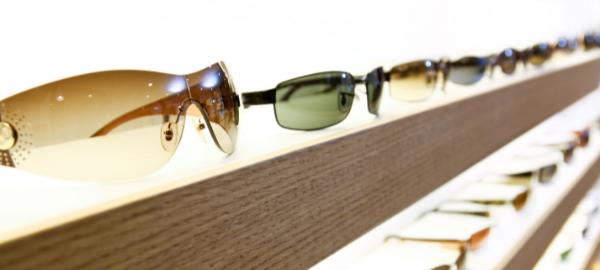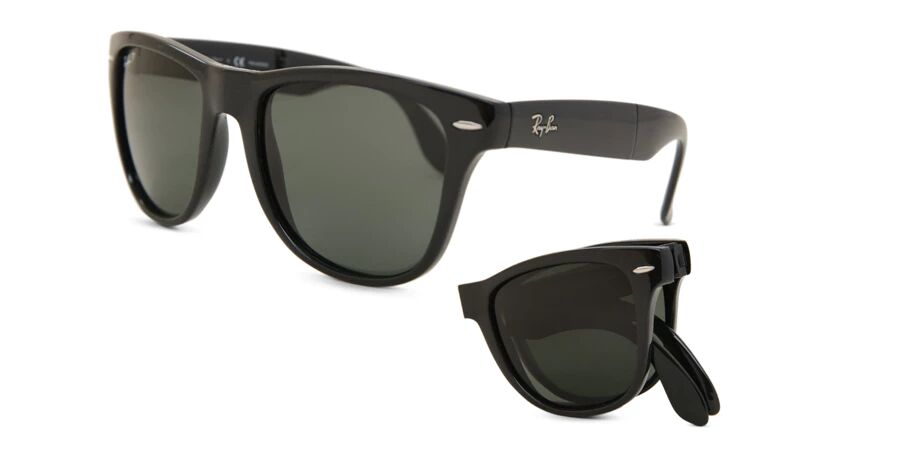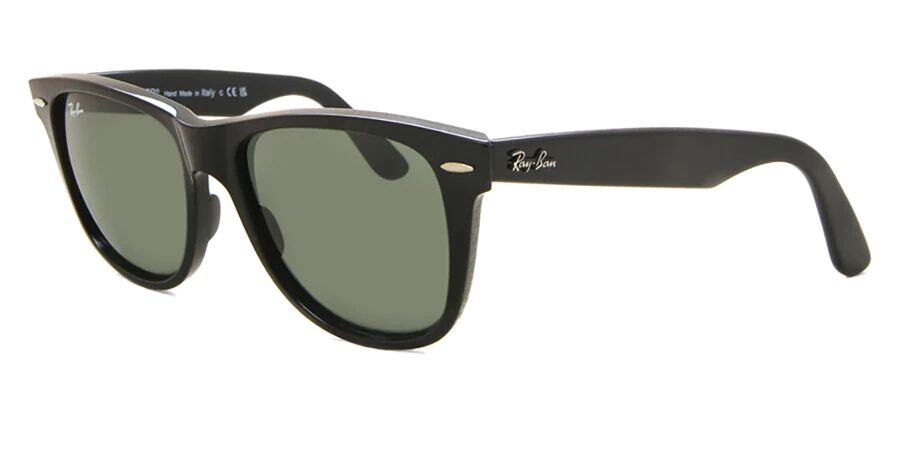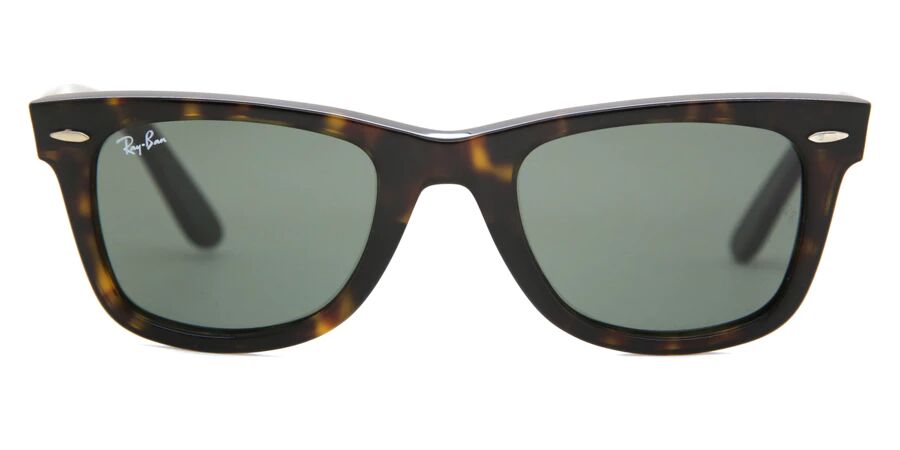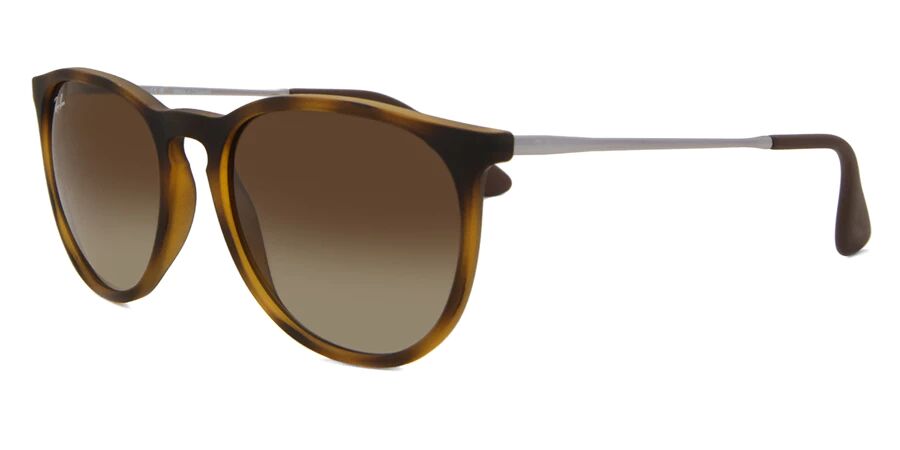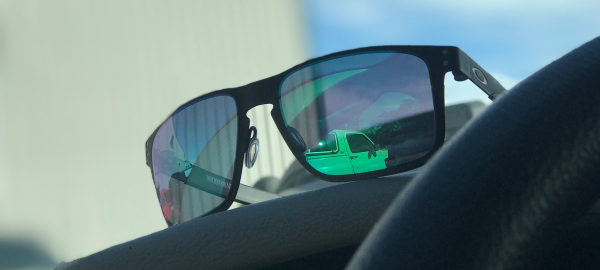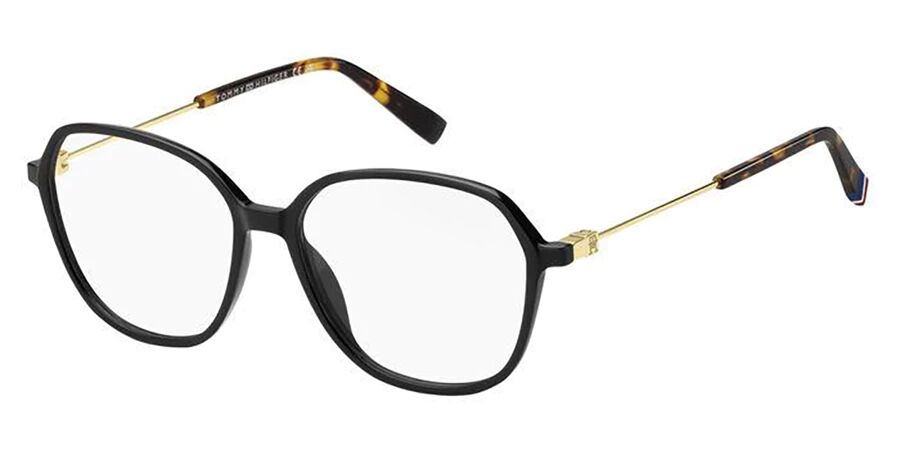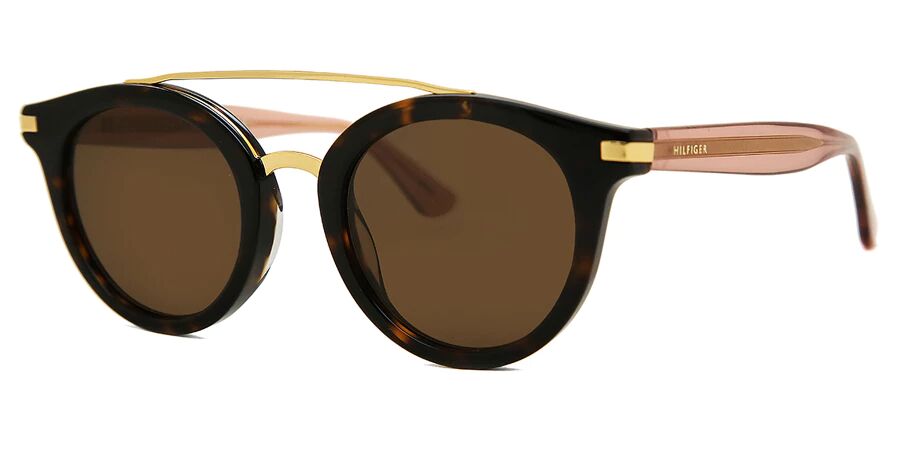Is Reading in the Dark Bad for You?

Reviewed by
Beck Jinnette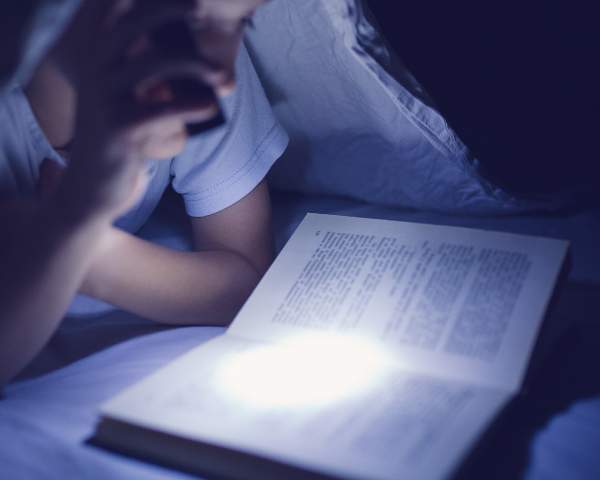
If you’ve ever been caught reading in the dark, chances are, someone–maybe a family member or a well-intended teacher–warned you that you were damaging your eyesight. This is a common belief that’s been around for several generations.
The question is: is reading in the dark really bad for your eyes? Or is it just an age-old myth? To answer this, it’s important to explore how our eyes respond to different lighting and the harm it can cause.
In this article, we will dive into the effects of reading in dim light, from how the eyes adapt to these conditions to whether it’s something we should avoid.
Reading in the dark: myth or fact?
This might come as a surprise, but although reading in low light settings can cause eye strain and make reading more challenging, the idea that it causes permanent eye damage is largely a myth.

When in a dim light environment, the eye has to work harder to focus, which can generate discomfort. However, this strain is only temporary, usually going away once the activity is finished.
Studies have shown that poor lighting can cause temporary discomfort while reading, but there’s no direct link to long-term vision problems like nearsightedness or astigmatism.
Reading in dim light has been an ongoing activity humans have performed throughout the centuries: think of candlelight for instance.
Yet, there is no evidence that previous generations suffered mass vision loss due to reading in the dark, and we have no reason to believe this may be the case.
How eyes respond in low light
When you read in dim lighting, your eyes go through a series of adjustments to help you see more clearly. Here’s how different parts of the eyes adapt:
Pupil dilation
When walking into a dimly lit room after being outside in bright sunlight, your pupils automatically dilate to improve the amount of light that reaches the retina.

This natural reaction happens to help you see better in different light conditions. However, when dilated for an extended period, your eyes can feel tired or strained.
Lens adjustment
When trying to focus on close-up objects, your eye’s lenses will automatically adjust their shape to help you focus your sight–think of how a camera lens adjusts its focus to an object to make the image sharper.
When reading in a poorly lit environment, the adjustment to keep the text clear requires more effort, which can tire the eye muscles and make them feel fatigued faster than usual.
Retinal sensitivity
Retinal cells are responsible for turning light into images the brain can comprehend.
In low-light conditions, the most active type of retinal cells are the rods. While they improve vision in dim light, they don’t provide the same sharpness and detail as the cone cells, which are more active in brighter light.
This shift of the predominant retinal cells can make reading more difficult and contribute to discomfort.
Effects of reading in low light
While reading in low light may not cause permanent damage to your eyes, it can lead to temporary discomfort. Recognizing these signs will enable you to manage your reading habits more effectively and maintain your eye comfort.
Here are some temporary side effects that mean it’s probably time to give your eyes a break.
Temporary side effects
Some common temporary side effects of reading in low light include:
Eye fatigue: Because your eyes are working harder to see in the low light settings, you might start to experience muscle fatigue and heavy-feeling eyes quickly.
Dryness: Focusing on close-up objects for an extended period of time reduces your blink rate, leading to eye dryness. Low light may increase your discomfort by making the task feel more demanding.
Headaches: Also linked to the eye muscles working harder, the strain from doing close-up work in poor lighting conditions can lead to tension headaches, especially around the eyes and forehead.
Blurriness: Depending on how long you’ve been reading in dim light, you may notice brief episodes of blurred vision. But don’t worry: it is typically resolved quickly and doesn’t indicate permanent harm.
Long-term side effects
There is little to no evidence that links reading in low lighting with permanent vision damage, and eye health professionals widely agree that structural changes to the eye—such as in the retina or lens—can’t be caused by it.
However, while poor lighting alone can’t be ruled as a risk factor, frequent eye strain can lead to certain conditions.
Myopia (nearsightedness) for instance, is related to prolonged close-up tasks, while digital eye strain, especially if combined with activities like prolonged screen time, can become chronic if the strain is persistent.
DID YOU KNOW?
The average person blinks about 15 times per minute, but when reading, that rate can drop significantly, leading to increased eye strain and dryness.
Tips for optimized comfort when reading in dim light
Adjustable lighting: Dimmable bedside lamps and clip-on book lights are good options for reading lights that can be easily adjusted without disturbing others.
Take breaks: If you catch yourself reading in the dark for a long period of time, remember to take breaks to relax your eye muscles. A good method is the 20-20-20 rule, in which you look at something 20 feet away for 20 seconds every 20 minutes.
- Increase text size: If you’re reading on a digital device, increase the font size and adjust the brightness for more comfort.
- Blink often: Make the conscious effort to blink more frequently. By blinking, you keep your eyes moist, which is important when focusing on a text for extended periods.
- Maintain good posture: Keep your book or device at a comfortable angle to avoid looking down to reduce eye strain.
- Blue light filters: Blue light exposure can strain the eyes, especially in dark settings. To protect your eyes from it, you can switch your digital device to night mode or wear glasses that block blue light.

Should I avoid reading in the dark?
Although it is best to read in well-lit settings, occasional dim light reading won’t harm your eyes in any permanent way.
If it doesn’t cause you discomfort and you are conscious of taking breaks and maintaining good posture, you can enjoy your evening reading without worries.
However, if you start to experience frequent discomfort, it’s best to search for better lighting conditions to enhance your reading experience.
In summary, while reading in the dark may cause temporary eye strain, it won’t be the sole cause of any permanent damage. And by taking steps to reduce eye strain, you can make your reading more enjoyable.
Remember that your eye health relies on a range of factors, from genetics to prolonged exposure to daylight. Maintaining comfortable lighting is just one part of it. And if you still have questions don’t worry, our Opticians are here to help!
Related articles
